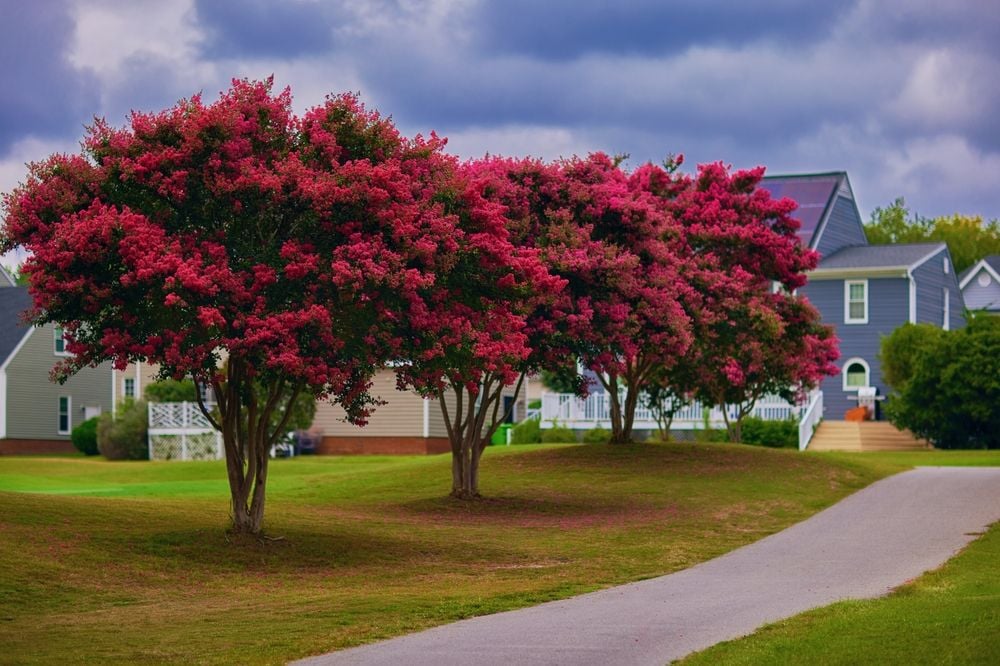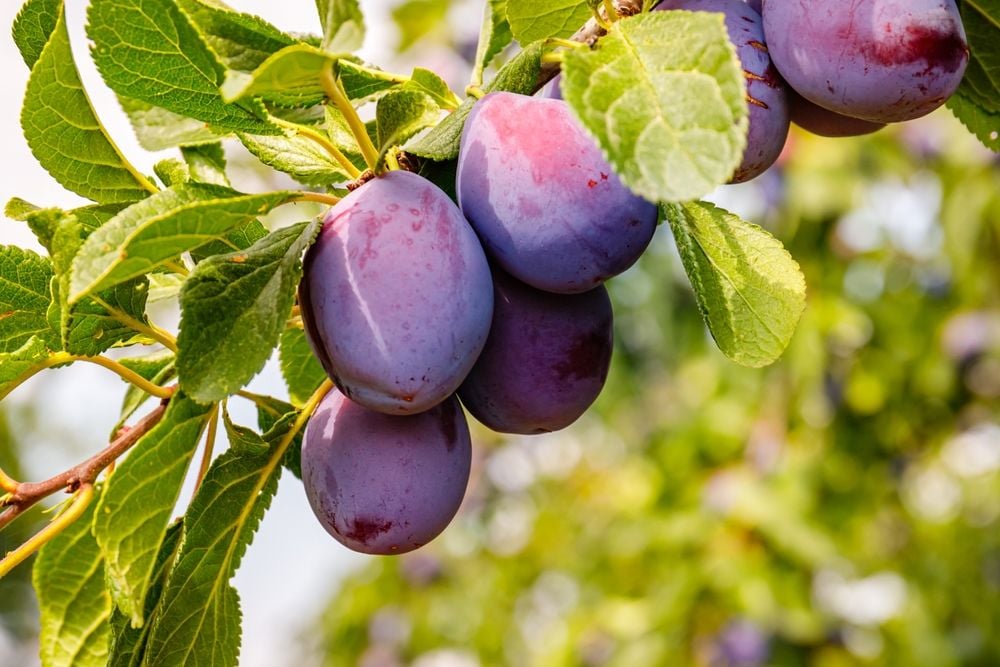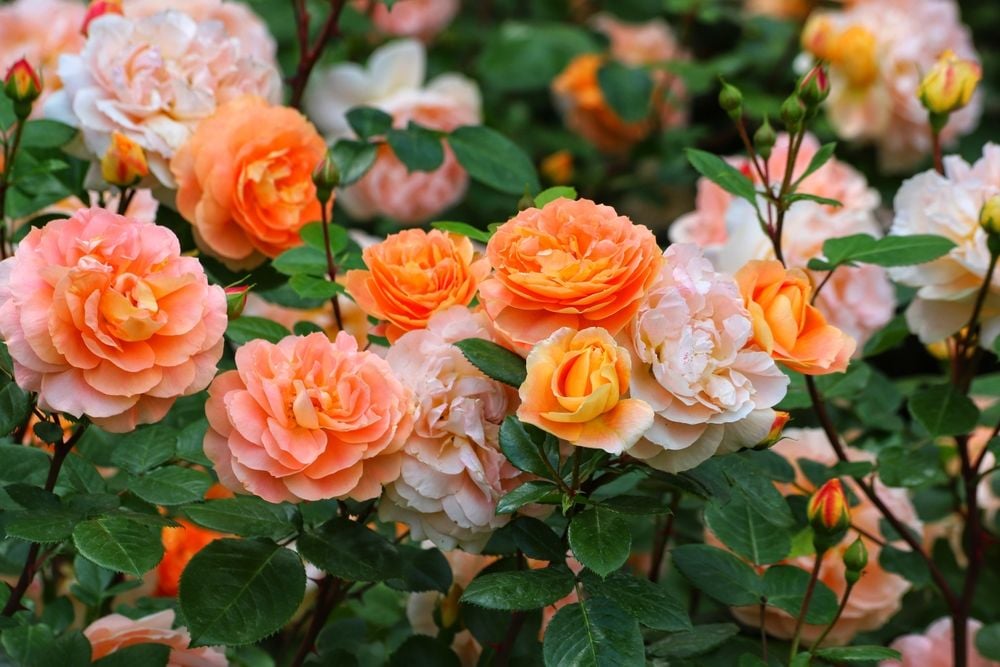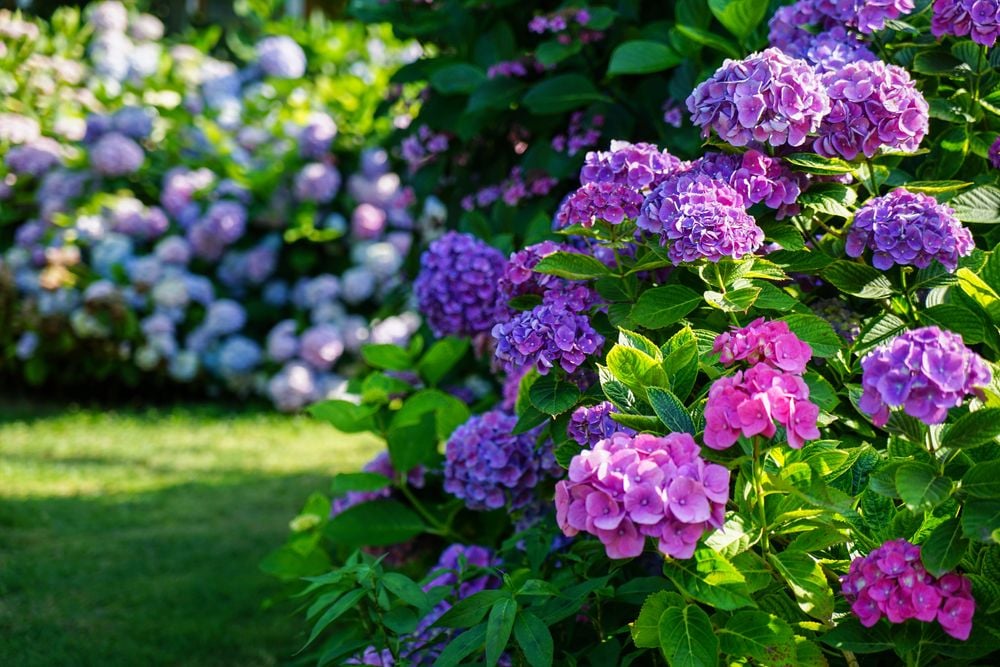
Fast-Growers: The Best Trees for Quick Landscaping Results
- Aug 28, 2025
When sprucing up your landscape, whether small or large, incorporating at least one tree is a crucial design element. However, the long waiting period as they reach maturity may discourage some gardeners. Don't fret; numerous tree varieties grow up to 5 feet a year, transforming your garden in no time. This article reveals diverse fast-growing trees that deliver shade, privacy, vibrant colors, and more.
The Crape myrtle (Lagerstroemia) is a versatile group of perennial, deciduous, and evergreen plants ideal for small landscapes. Allison Futeral, the owner of Crimson Horticultural Rarities, notes that they have "beautiful blooms that ignite interest from summer to fall." Moreover, there is a wide variety of sizes and colors to match your desired aesthetic.
Peach trees (Prunus persica) may require a few years before bearing fruit but do not keep you waiting in terms of growth. They give off splendid pink blooms in spring, adding a seasonal splash of color to your yard. But keep in mind, these trees need meticulous care, including regular pruning and pest control.
Flowering cherry trees (Prunus serrulata) are both gardeners and non-gardeners' favorite when it comes to anticipated spring blossoms. Nathan Thorne, a horticulturist at Handy Flowers, describes them as perfect for adding more colors to any garden. However, they usually live for 15 to 20 years only.
Weeping willow (Salix babylonica) is famed for its arching branches, offering a whimsical touch to your garden. Once planted, they rapidly grow to maturity, but be cautious – their wood is relatively weak and can crack or break. Regular pruning can help maintain their health.
The tulip poplar (Liriodendron tulipifera) stands out for its tulip-like yellowish-green flowers. According to Samuel Davis, CEO of London Gardeners, they need regular watering and a thick layer of mulch to regulate soil moisture and temperature.
The eastern redbud (Cercis canadensis) matures quickly and enlivens your landscape with clusters of pink flowers in early spring. Make sure to water them during dry spells and conduct yearly pruning to maintain their shape and eliminate dead branches.
American sweetgum (Liquidambar styraciflua), often seen in wet river bottoms and swamps, is known for its glossy green leaves turning into a firework display of red and orange in fall. Mark Canney, from Arbor Day Farm, advises planting them in spring to help their shallow roots recover from transplanting.
Crabapple trees (Prunus), embellishing your yard with their pink flowers, are genial additions to small gardens. They are susceptible to diseases like powdery mildew and fire blight, so opt for disease-resistant varieties.
The blue spruce (Picea pungens) thrives best in cooler climates, becoming drought-tolerant as it matures while the paper birch (Betula papyrifera) - grown for its white bark turning yellow in autumn - tends to grow fast while young.
Lastly, consider river birch (Betula nigra), if you're eyeing a shade tree that matures fast and maintains year-round visual appeal. This variety is more heat-tolerant than other birches, making it an ideal choice for soggy areas owing to its knack for handling wet soils.






